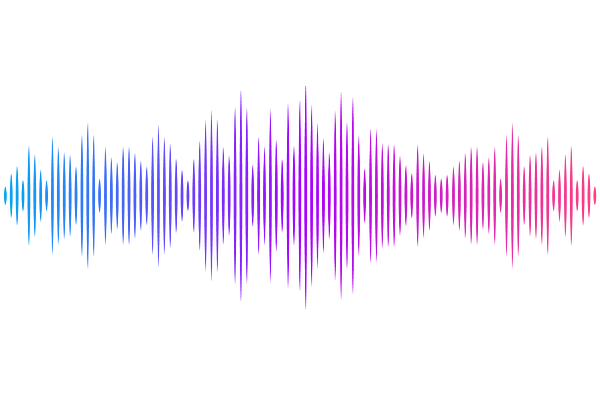Verifying Programs with Logic and Extended Proof Rules: Deep Embedding v.s. Shallow Embedding

Verifying Programs with Logic and Extended Proof Rules: Deep Embedding v.s. Shallow Embedding
Zhongye Wang, Qinxiang Cao, Yichen Tao
AbstractMany foundational program verification tools have been developed to build machine-checked program correctness proofs, a majority of which are based on Hoare logic. Their program logics, their assertion languages, and their underlying programming languages can be formalized by either a shallow embedding or a deep embedding. Tools like Iris and early versions of Verified Software Toolchain (VST) choose different shallow embeddings to formalize their program logics. But the pros and cons of these different embeddings were not yet well studied. Therefore, we want to study the impact of the program logic's embedding on logic's proof rules in this paper. This paper considers a set of useful extended proof rules, and four different logic embeddings: one deep embedding and three common shallow embeddings. We prove the validity of these extended rules under these embeddings and discuss their main challenges. Furthermore, we propose a method to lift existing shallowly embedded logics to deeply embedded ones to greatly simplify proofs of extended rules in specific proof systems. We evaluate our results on two existing verification tools. We lift the originally shallowly embedded VST to our deeply embedded VST to support extended rules, and we implement Iris-CF and deeply embedded Iris-Imp based on the Iris framework to evaluate our theory in real verification projects.